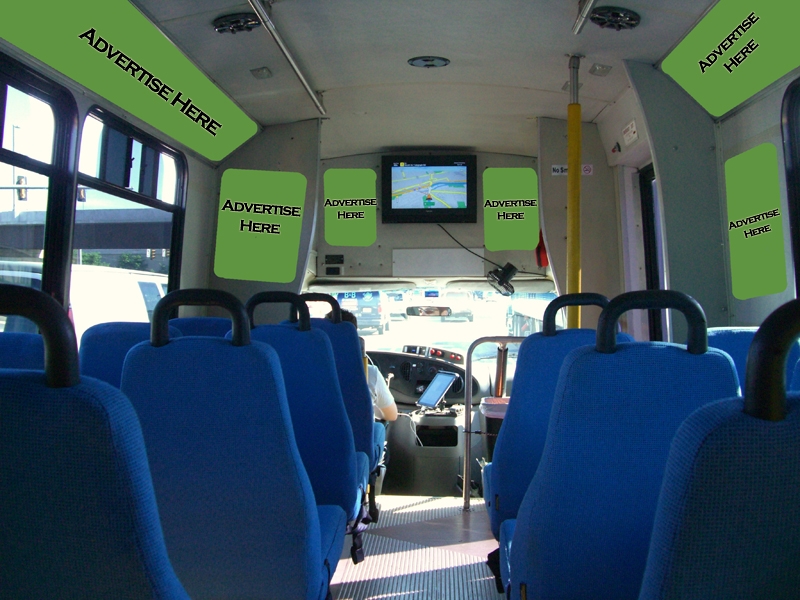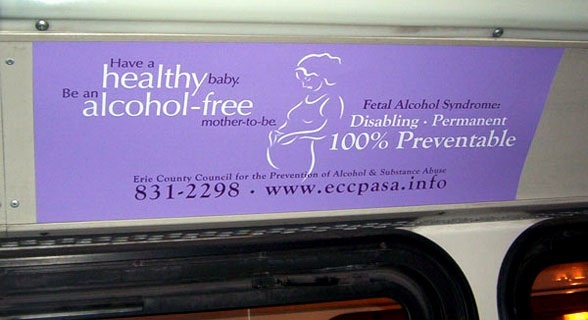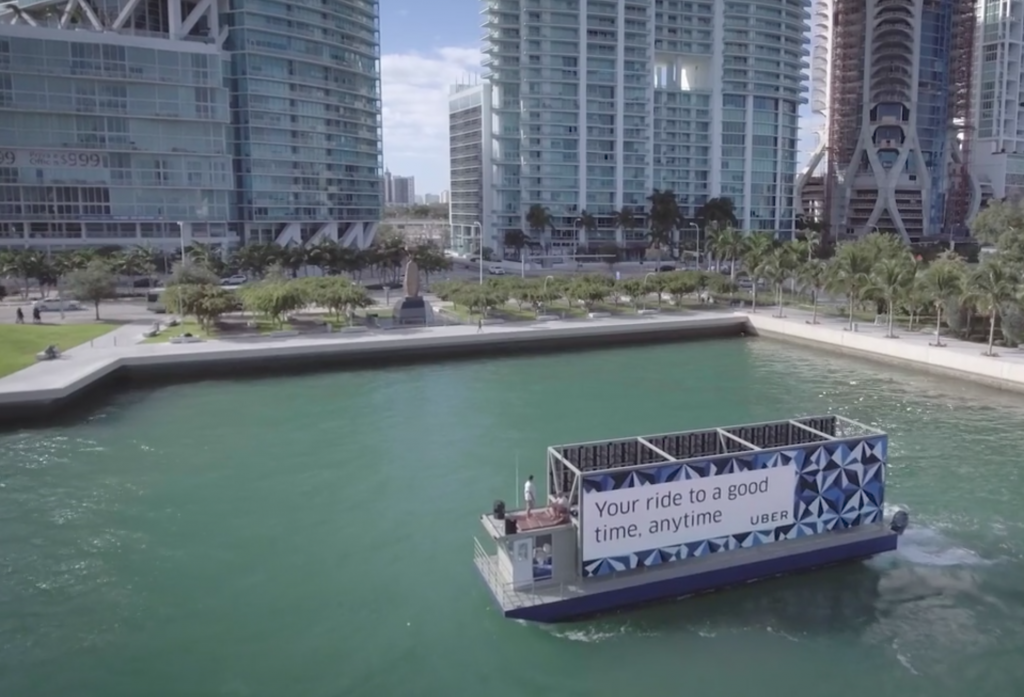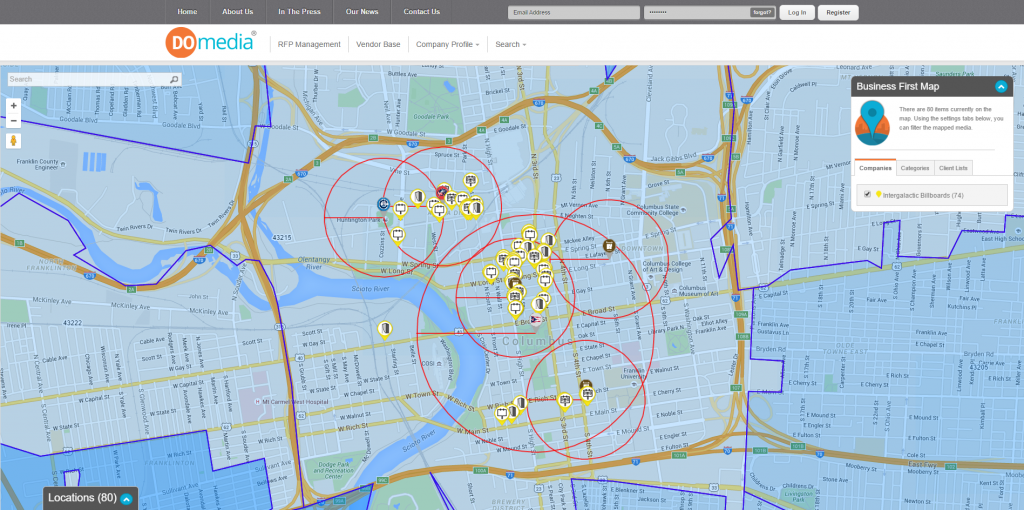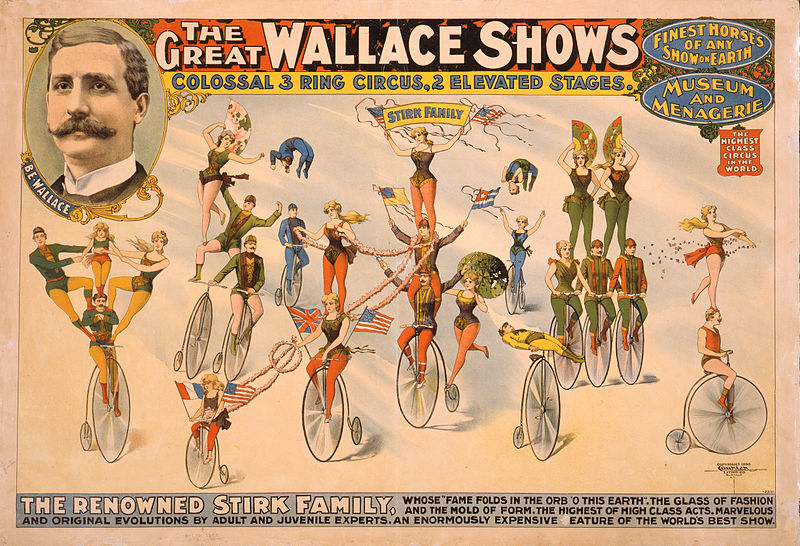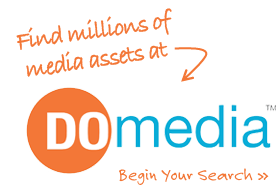[We get lots of questions about in-bar advertising, so we’re giving you a quick primer.]
Bars are social hotspots. Think of all the reasons you go to the bar. Are you watching the game? Playing trivia? Meeting a co-worker? Out on a date? Girls’ night out? Guys’ night out? Many different people go to the bar for many different reasons. Don’t miss the opportunity to reach them all at a ridiculously low price.
While in-bar advertising is a no-brainer, the hard part is figuring out which kind of ad is right for your product or service. There are a lot of different options for advertising in a bar. Let’s look at some of the most common bar ad options.
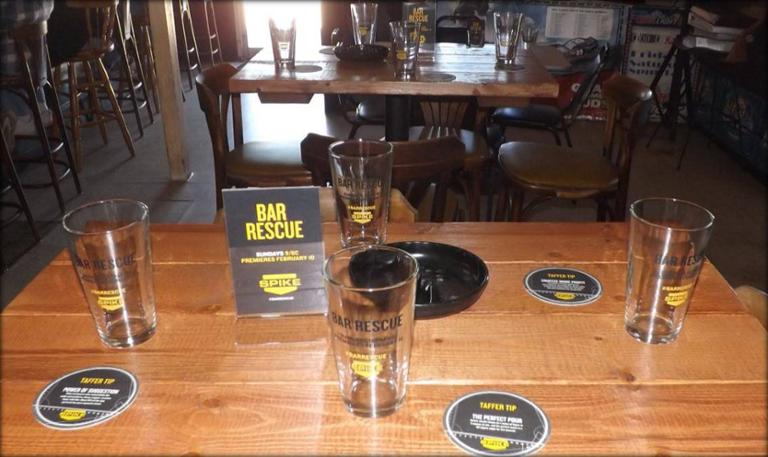
COASTERS
Coasters are a super cost-effective way to get your logo and brand out there. There are myriad different materials to choose from, including paper, cardboard, plastic, cork, leather, and more! You can even get coasters made from recycled and environmentally-friendly materials.
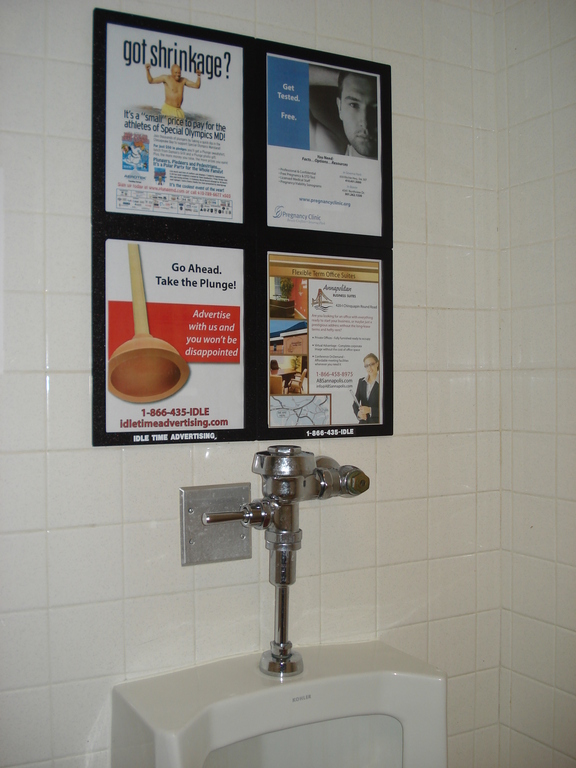
POSTERS
Posters come in all different shapes and sizes. Maybe you want a giant poster on one of the bar walls. Or maybe it makes more sense for your smaller poster to go above the urinals in the mensroom. Posters give you the opportunity to play with placement and creativity at an affordable price.
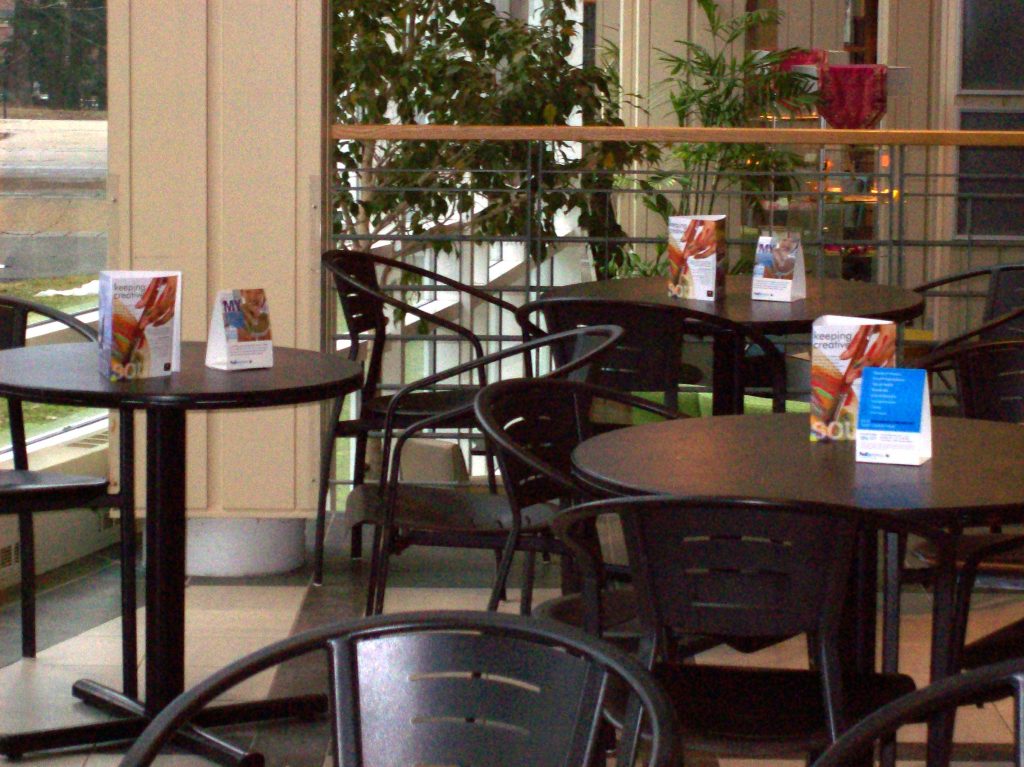
TABLE TENTS
Table tents sit on the top of the table or bar, bringing your message to the captive masses as they wait for food and drink. They can’t help but to read and reread what’s right in front of them. Make sure it’s your ad they’re staring at.
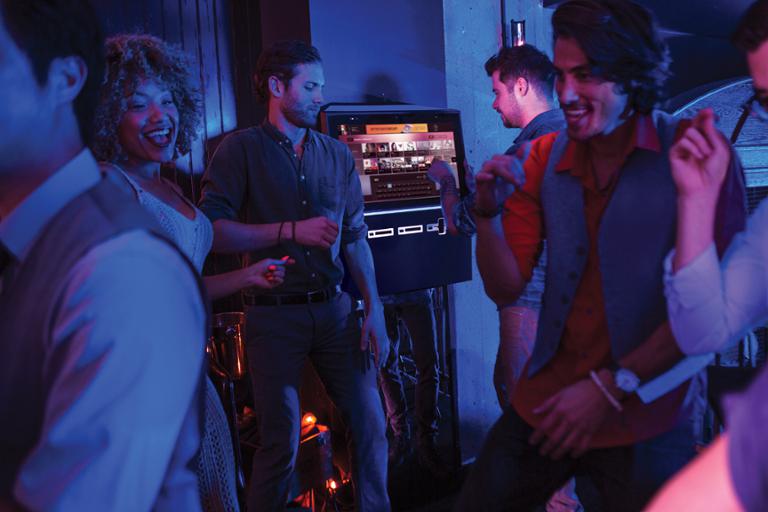
TOUCHTUNES
The best time to hear some killer tuneage is after downing a few brews. Bars figured this out and bought jukeboxes, but it was hard to accommodate everyone’s unique musical taste. TouchTunes has since stepped in and offered a vast digital library of music to bar patrons. They allow you to advertise on their digital jukeboxes with video or image ads. You can also buy spots on their mobile app. They recently announced a partnership with DOmedia and Rubicon Project that will “allow advertisers to execute programmatic advertising across the largest digital out-of-home (OOH) advertising network in the United States.”
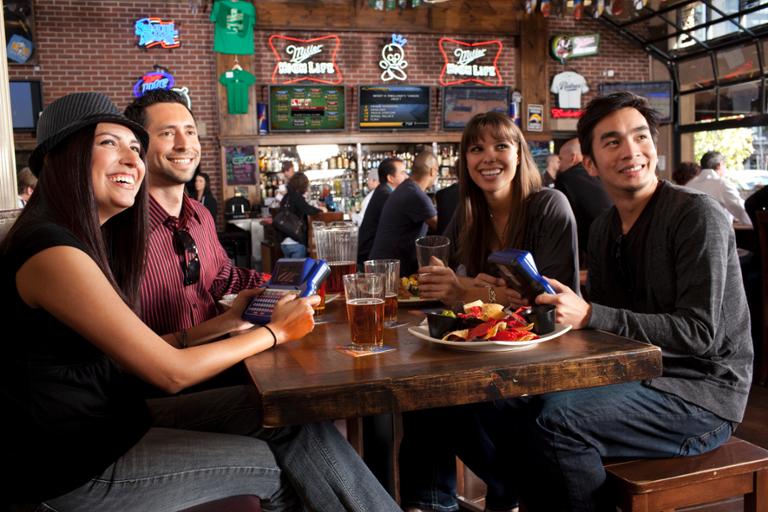
BUZZTIME
Buzztime is a real-time trivia network where you can play along on smartphones, tablets, or those weird keyboard things from the ‘90s. Buzztime lets you get your ad in front of people in the form of a trivia game or poll. This is definitely something to consider if you want your ad to be a little outside the box.
